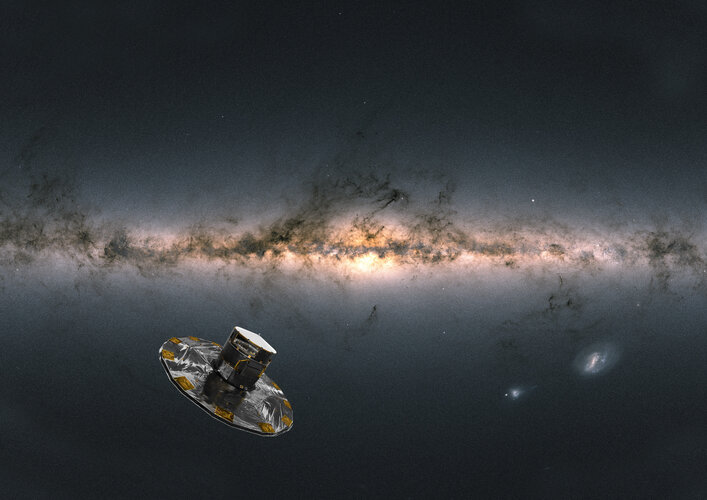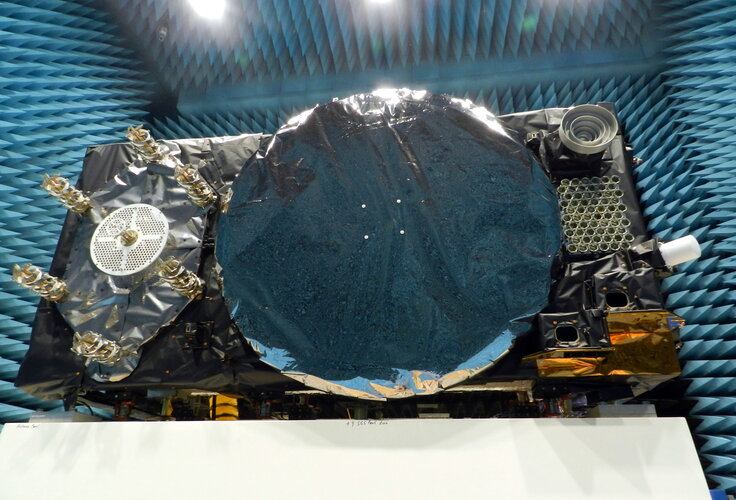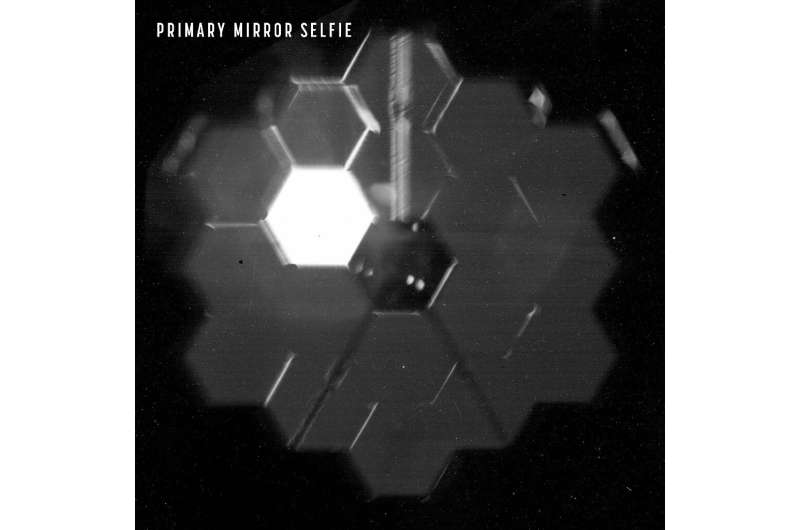
Copernical Team
New insights into neutron star matter
 Throughout the Universe, neutron stars are born in supernova explosions that mark the end of the life of massive stars. Sometimes neutron stars are bound in binary systems and will eventually collide with each other.
These high-energy, astrophysical phenomena feature such extreme conditions that they produce most of the heavy elements, such as silver and gold. Consequently, neutron stars a
Throughout the Universe, neutron stars are born in supernova explosions that mark the end of the life of massive stars. Sometimes neutron stars are bound in binary systems and will eventually collide with each other.
These high-energy, astrophysical phenomena feature such extreme conditions that they produce most of the heavy elements, such as silver and gold. Consequently, neutron stars a Uncovering a novel way to bring to Earth the energy that powers the sun and stars
 Scientists at the U.S. Department of Energy's (DOE) Princeton Plasma Physics Laboratory (PPPL) have uncovered critical new details about fusion facilities that use lasers to compress the fuel that produces fusion energy. The new data could help lead to the improved design of future laser facilities that harness the fusion process that drives the sun and stars.
Fusion combines light element
Scientists at the U.S. Department of Energy's (DOE) Princeton Plasma Physics Laboratory (PPPL) have uncovered critical new details about fusion facilities that use lasers to compress the fuel that produces fusion energy. The new data could help lead to the improved design of future laser facilities that harness the fusion process that drives the sun and stars.
Fusion combines light element DARPA's ANSR to Improving Trustworthy AI
 Despite recent improvements to machine learning (ML) algorithms and assurance technologies, high levels of autonomy still remain elusive.
The reasons for this are twofold. First, data-driven ML lacks transparency, interpretability, and robustness and has unsustainable computational and data needs. Second, traditional approaches to building intelligent applications and autonomous systems th
Despite recent improvements to machine learning (ML) algorithms and assurance technologies, high levels of autonomy still remain elusive.
The reasons for this are twofold. First, data-driven ML lacks transparency, interpretability, and robustness and has unsustainable computational and data needs. Second, traditional approaches to building intelligent applications and autonomous systems th SEAKR Engineering Demonstrates Optical Communications on DARPA's Mandrake 2 Satellites
 SEAKR Engineering, LLC, a wholly-owned subsidiary of Raytheon Technologies, announced a successful demonstration of optical inter-satellite links between two Defense Advanced Research Projects Agency Mandrake 2 satellites. During the first test, more than 280 gigabits of data were transferred at a range of 114 kilometers during a period of more than 40 minutes.
"This was a demonstration no
SEAKR Engineering, LLC, a wholly-owned subsidiary of Raytheon Technologies, announced a successful demonstration of optical inter-satellite links between two Defense Advanced Research Projects Agency Mandrake 2 satellites. During the first test, more than 280 gigabits of data were transferred at a range of 114 kilometers during a period of more than 40 minutes.
"This was a demonstration no Updating our understanding of Earth's architecture
 New models that show how the continents were assembled are providing fresh insights into the history of the Earth and will help provide a better understanding of natural hazards like earthquakes and volcanoes.
"We looked at the current knowledge of the configuration of plate boundary zones and the past construction of the continental crust," said Dr Derrick Hasterok, Lecturer, Department o
New models that show how the continents were assembled are providing fresh insights into the history of the Earth and will help provide a better understanding of natural hazards like earthquakes and volcanoes.
"We looked at the current knowledge of the configuration of plate boundary zones and the past construction of the continental crust," said Dr Derrick Hasterok, Lecturer, Department o Asteroid samples contain 'clues to origin of life': Japan scientists
 Asteroid dust collected by a Japanese space probe contains organic material that shows some of the building blocks of life on Earth may have been formed in space, scientists said Friday.
Pristine material from the asteroid Ryugu was brought back to Earth in 2020 after a six-year mission to the celestial body around 300 million kilometres away.
But scientists are only just beginning to di
Asteroid dust collected by a Japanese space probe contains organic material that shows some of the building blocks of life on Earth may have been formed in space, scientists said Friday.
Pristine material from the asteroid Ryugu was brought back to Earth in 2020 after a six-year mission to the celestial body around 300 million kilometres away.
But scientists are only just beginning to di Earth from Space: Singapore

This radar image, captured by the Copernicus Sentinel-1 mission, shows us the only city-island-nation – Singapore – and one of the busiest ports in the world.
Watch live: first impressions of Gaia data release 3

Join European Space Agency and Gaia mission representatives on Monday 13 June for a preview of the third major data release. This world-class treasure trove is set to reveal new insights into our Solar System, our Milky Way galaxy, and our wider cosmic neighbourhood.
The face of Galileo
 Image:
The face of Galileo
Image:
The face of Galileo James Webb telescope hit by micrometeoroid: NASA

A mirror on the James Webb Space Telescope was struck by a micrometeoroid last month but is expected to continue to function normally, NASA said Thursday.
"After initial assessments, the team found the telescope is still performing at a level that exceeds all mission requirements despite a marginally detectable effect in the data," the US space agency said.
"Webb's beginning-of-life performance is still well above expectations, and the observatory is fully capable of performing the science it was designed to achieve," it added.
One of the space observatory's primary mirror segments suffered an impact from a micrometeoroid, which tend to be smaller than a grain of sand, between May 23 and 25.

































